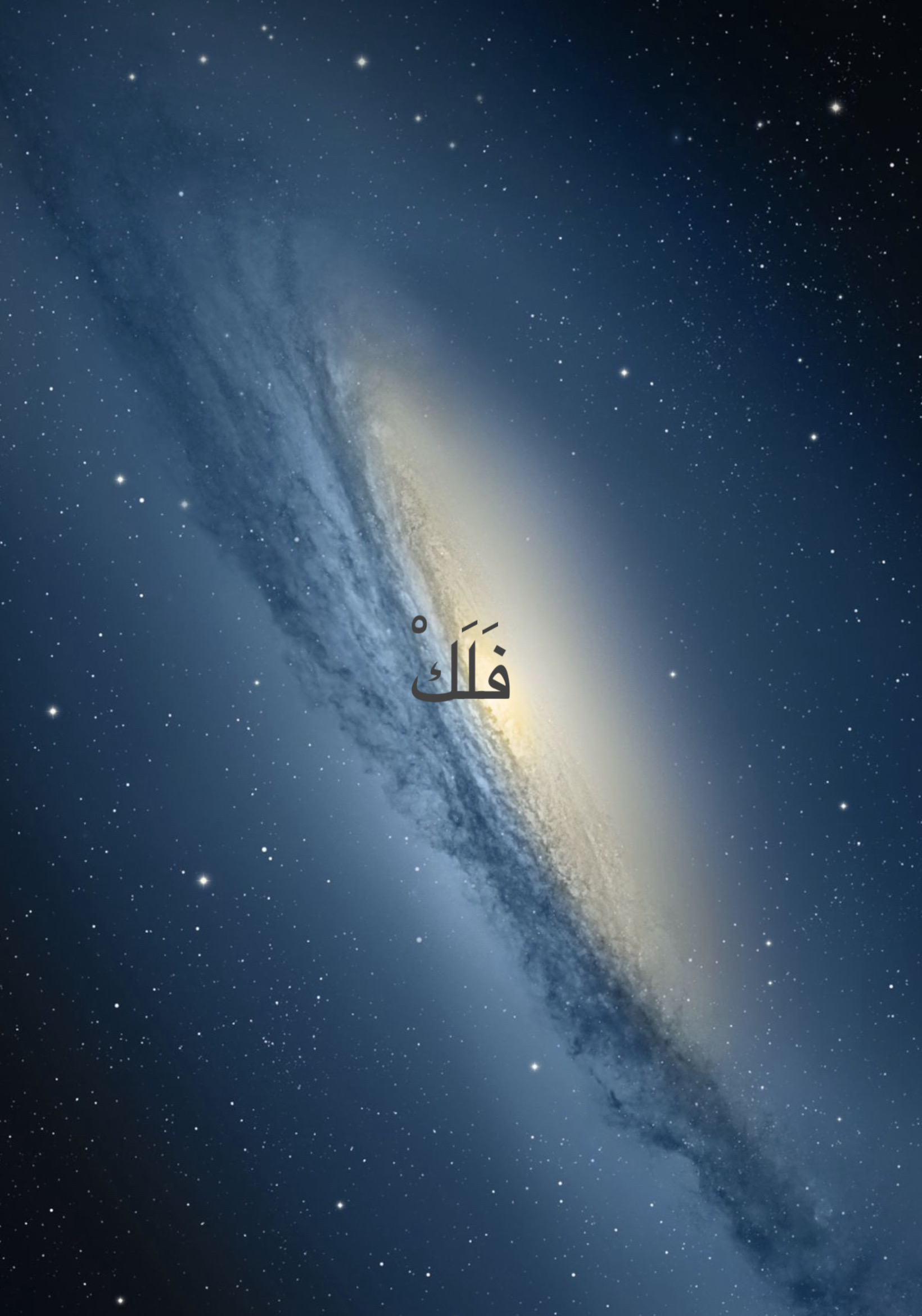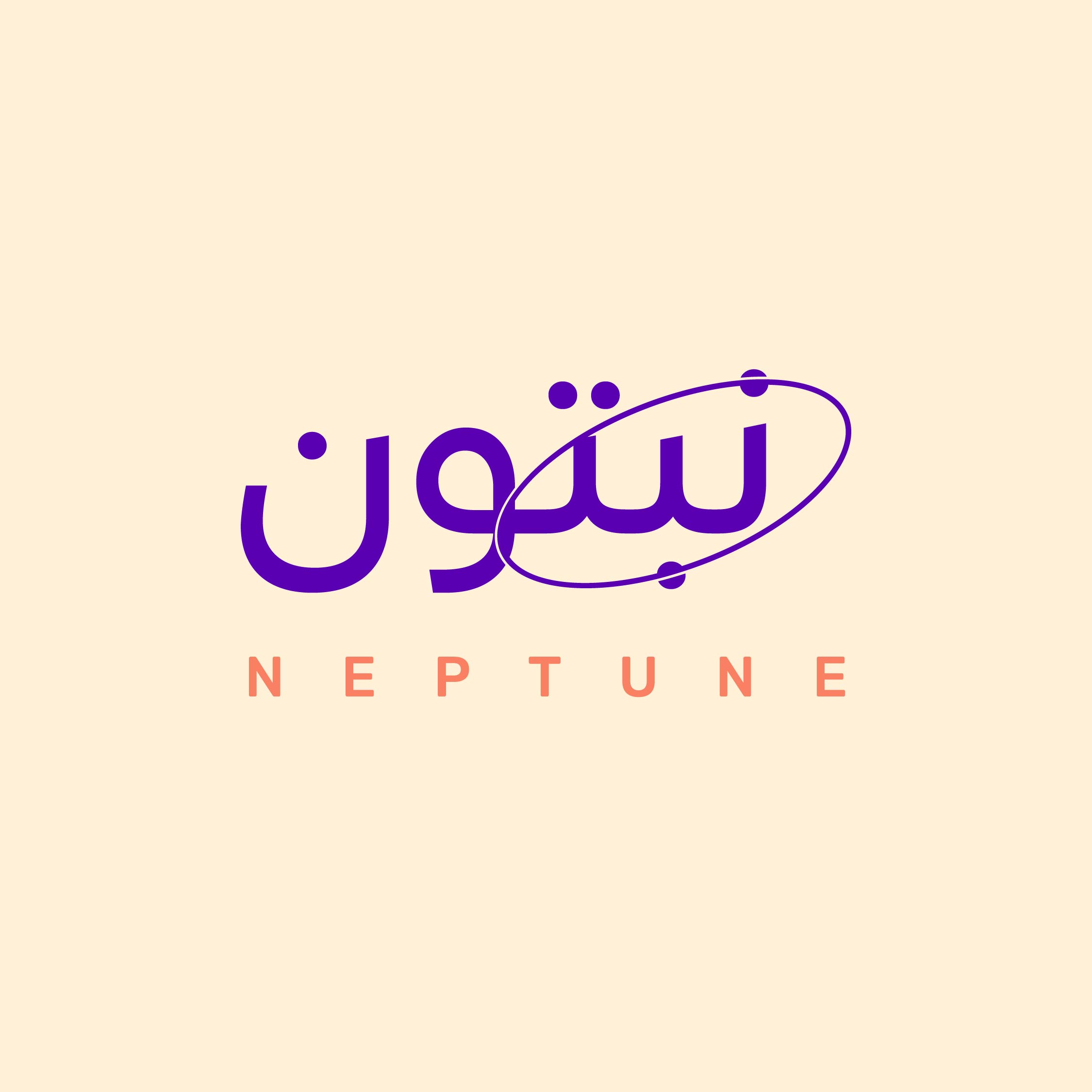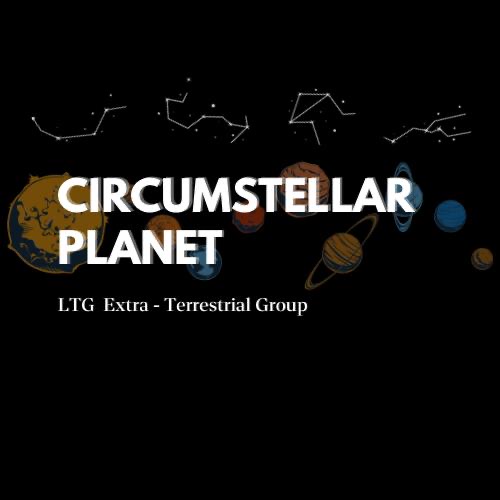Background
During the last several decades, ground and space telescopes have been mapping the sky to create accurate catalogs of billions of stars. With distance information obtained from parallax, a three-dimensional point cloud (map) can be developed to better understand our galaxy. Beyond the science, this information also allows us to visualize how the night sky would look from one of the thousands of recently discovered planets that orbit stars other than our Sun (exoplanets). From an exoplanet’s perspective, the apparent brightness of the stars in the sky would be different from what we see from Earth, and thus the set of the brightest objects would be unique for each “exosky.” A tool that enables student users to create and visualize an exosky would help them connect our galaxy and neighboring exoplanets to their own experiences with Earth’s night sky.
Star catalogs, however, are extremely large (e.g., ESA Gaia’s DR3 catalog contains information about more than one billion stars). A tool that enables visualization of an exosky will need to determine the stars that can be “seen” from an individual exoplanet and calculate their brightness from that perspective. Although these calculations involve simple geometric operations, the sheer size of the star catalogs will make these computations challenging and potentially difficult to achieve using a personal computer or web platform.
Objectives
Your challenge is to develop an app or interface that allows a student user to select an exoplanet, uses the information in a star catalog to develop a three-dimensional point cloud (map) of stars corresponding to the perspective of an observer on that exoplanet, and then creates a visualization of this point cloud.
The translated point cloud could be visualized in different ways. Will your app produce a static image of the sky (like the sky charts or guides we have here on Earth), an interactive planetarium (potentially allowing for a virtual reality experience), or something else?
Additional capabilities such as allowing the user to trace and name constellations would help students make each unique exosky their own, enabling a deeper experience and educational opportunity. Your tool could even provide various levels of detail (star name, color, etc.) and make different visual overlays (ecliptic, galactic grid, etc.) available for more advanced uses.
Potential Considerations
You may (but are not required to) consider the following:
For data and resources related to this challenge, refer to the Resources tab at the top of the page. More resources may be added before the hackathon begins.
Riyadh
Sep 08, 2024
Exosky!
Exosky!
تطبيق سهيل هو رفيقك المثالي لعالم الفلك، مصمم لتوفير تجربة استثنائية لعشاق النجوم في الرياض. يتيح لك التطبيق العثور على أفضل مواقع رصد النجوم باستخدام خريطة تفاعلية تعتمد على بيانات تلوث الضوء. يشمل أيضًا تنظيم فعاليات موجهة يقودها خبراء الفلك، مما يعزز من التجربة التعليمية. يمكنك أيضًا مشاركة صور رصد النجوم مع المجتمع. تم بناء التطبيق باستخدام تقنية سويفت لضمان أداء عالي، ويستخدم خوارزميات تعلم الآلة لتحليل البيانات. مع خطط اشتراك مرنة، يقدم سهيل تجربة فريدة تتيح لك استكشاف جمال الكون بسهولة ويسر.

Hail
Sep 08, 2024
Exosky!
Exosky!
فَلَكْ: موقع تفاعلي يستهدف الطلاب وهواة الفضاء، ويتيح لهم رؤية السماء من منظور كوكب خارجي باستخدام الواقع المعزز (AR). يمكن للمستخدمين اختيار كوكب خارجي واستكشاف خريطة النجوم المحيطة، مع إمكانية تسمية النجوم وتعلّم معلومات عنها، ورؤية النجوم والأبراج بشكل ثلاثي الأبعاد في بيئتهم الخاصة. الموقع يقدم تجربة تعليمية فريدة تساهم في تعزيز فهم الفلك وإلهام المستخدمين لاستكشاف عوالم جديدة في الكون بطريقة غامرة.
Our team needs 5 membersRequest to Join the Team |

Hail
Sep 08, 2024
Exosky!
Exosky!
" نبتون هو تطبيق عربي مصمم لمحبي الفضاء وعشاق علوم الفلك. يتميز التطبيق بواجهة سهلة الاستخدام وفريدة من نوعها، ويقدم تقويمًا لمواعيد الظواهر الفلكية. كما يوفر معلومات بصرية جذابة حول الكواكب، الأجرام السماوية، والأجسام الموجودة في الفضاء، مما يتيح للمستخدمين استكشاف الكون بطريقة منظمة وجمالية."
Our team needs 1 membersRequest to Join the Team |

Makkah
Sep 08, 2024
Exosky!
Exosky!
فكرتنا تتمحور حول استكشاف مراحل حياة النجوم، مع التركيز على النجوم المحاطة بالكواكب لإبراز ارتباطها بالأبراج الفلكية. سنعرض المراحل المختلفة التي تمر بها النجوم، بدءًا من ولادتها، مع تسليط الضوء على الكواكب المحيطة بها وتقديم معلومات مختصرة عن مكتشفيها وأهميتها في الأبحاث الفلكية. سيتمكن المستخدم من استكشاف النجوم من منظور كوكب معين، مما يعزز التجربة التفاعلية ويجعلها أكثر واقعية. نسعى من خلال هذه الفكرة إلى تقديم تجربة تعليمية ممتعة تربط بين العلوم الفلكية والأبراج، وتزيد من وعي المستخدم بعالم الفضاء.